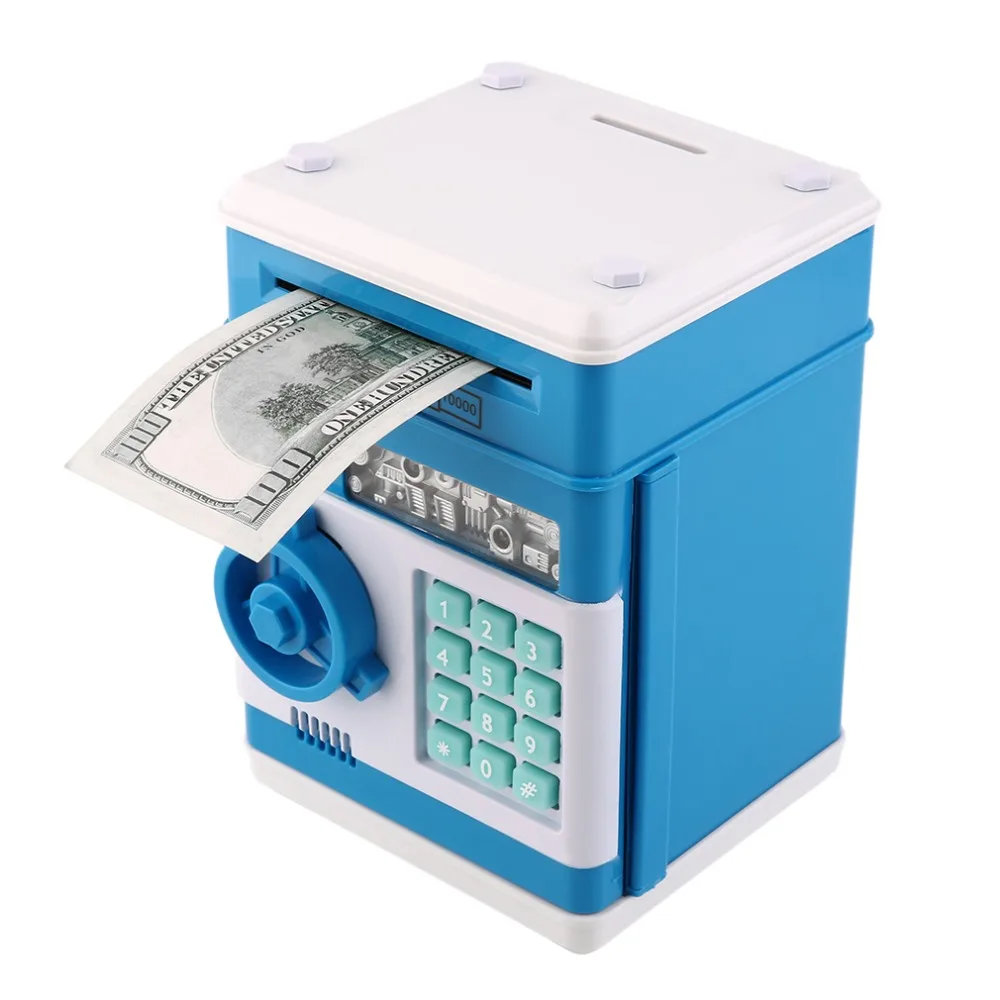
In Massachusetts, for example, at least half of each paycheck goes into a savings account to pay for expenses after release. The wages listed above do not include any deductions, which in reality often leave incarcerated workers with less than half of their gross pay. The vast majority spend their days working in custodial, maintenance, grounds keeping, or food service jobs for the institutions that confine them. An even tinier portion of incarcerated workers are eligible for “prevailing local wages” working for private businesses that contract with states through the PIE program. Only about 6 percent of people incarcerated in state prisons earn these “higher” wages, however. Incarcerated people assigned to work for state-owned businesses earn between 33 cents and $1.41 per hour on average – roughly twice as much as people assigned to regular prison jobs. With a few rare exceptions, regular prison jobs are still unpaid in Alabama, Arkansas, Florida, Georgia, and Texas. What changed? At least seven states appear to have lowered their maximum wages, and South Carolina no longer pays wages for most regular prison jobs – assignments that paid up to $4.80 per day in 2001. The average maximum daily wage for the same prison jobs has declined more significantly, from $4.73 in 2001 to $3.45 today. The average of the minimum daily wages paid to incarcerated workers for non-industry prison jobs is now 86 cents, down from 93 cents reported in 2001. One major surprise: prisons appear to be paying incarcerated people less today than they were in 2001.

Companies must pay local “prevailing wages” for these jobs, but workers may only end up with a small portion of these wages up to 80% of these earnings can be deducted for various fees. This program allows private companies to operate within correctional facilities and provide job training and supervision. A small number of incarcerated people work for businesses that contract with correctional agencies through the PIE program. These jobs are typically reserved for people considered lower security risks, and/or those preparing to be released. These programs are directed by the Department of Corrections, but sometimes community employers pay incarcerated workers’ wages. Work release programs, work camps, and community work centers provide services for public or nonprofit agencies. Agency-operated industries employ about 6% of people incarcerated in prisons. Correctional agencies and the businesses coordinate to operate these “shops,” and the revenues they generate help fund these positions. Often called “Correctional Industries,” these businesses produce goods and provide services that are sold to government agencies. Sometimes called “facility,” “prison,” or “institutional support” jobs, these are the most common prison jobs. This category includes custodial, maintenance, laundry, grounds keeping, food service, and many other types of work. These are directed by the Department of Corrections and support the prison facility. These work assignments fall into four broad categories, the first of which is by far the most common: But generally, correctional facilities assign incarcerated people to work as close to a regular day as possible. Facilities face budget limitations and sometimes there is just not enough work to go around. In many states, most regular prison jobs pay well below the highest rates stated here. I included all non-industry jobs paid by correctional agencies as “regular prison jobs” for the table, including rare and off-site jobs that pay more. For states where I could find no information on work hours, I assumed 22 work days per month and an average workday of 6.35 hours (for regular jobs) or 6.79 hours (for industry jobs) per day.

For states that calculate wages on daily, weekly, monthly, and annual bases, I calculated the hourly rates based on work hours per day and work days per month, according to the written policies or what was reported in the 2001 Corrections Yearbook survey.

Some states publish wage policies differently. Despite the inaccessibility of data for some state prison jobs, this is the most comprehensive list of wages paid to incarcerated people available today:

How much do incarcerated people earn? For this update, we combed through the policies of state correctional agencies and any other available sources, and found information for every state. So, we found the most up-to-date information for each state. How much do incarcerated people earn in each state? Prison wages come up again and again in the context of prison conditions and policies.


 0 kommentar(er)
0 kommentar(er)
